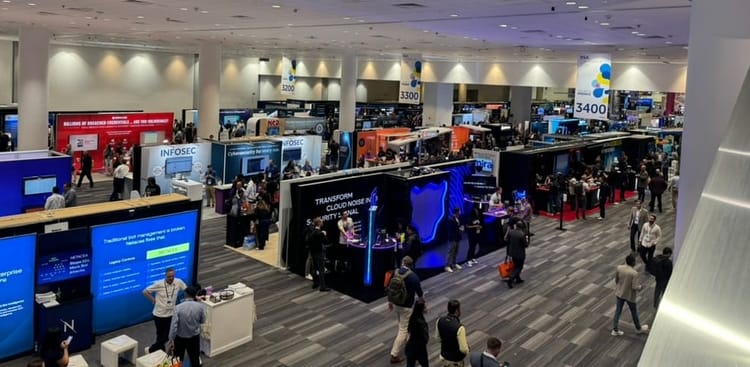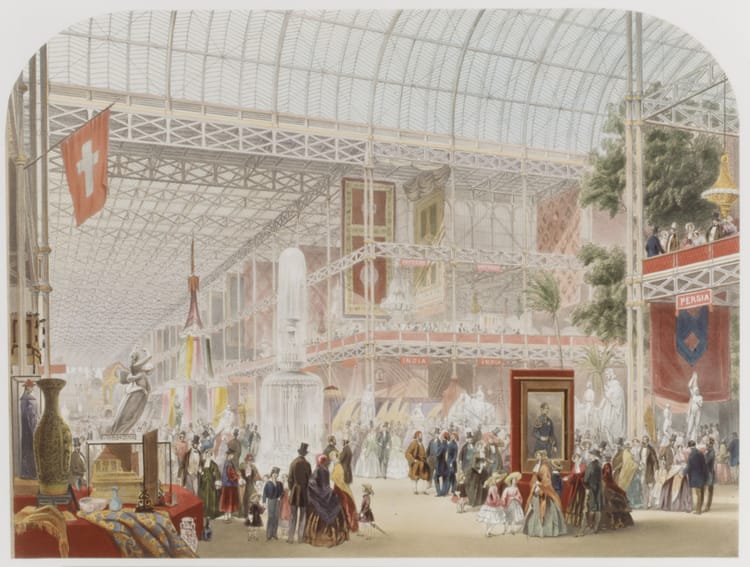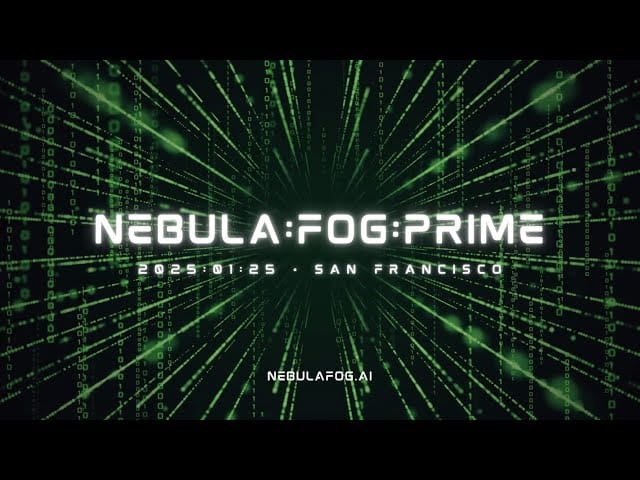My "office" setup

tl;dr: If you want the tech list, jump straight to the middle. The front is about how choices were made and what I was optimizing for, and the back is a few things I've done to make a new space feel like home.
Backstory
It has just gone a year since our sudden and somewhat unceremonious quasi-repatriation to Australia. Since we flew from SFO to Sydney with less than 24 hours of lead time, brought basically whatever we could pack in that time window, landed to an empty house, and have spent the last year in various degrees of "about to go back to the USA at any minute" mode - we've been kinda minimalist about setting stuff up down-under.
The problem there is that I spent a LOT of time on internal and external video calls and a LOT of time presenting at (and occasionally helping run) conferences. As WFH was going from novel to normal, the thought occurred that "virtual semiotics" was quickly going to become a thing... The equivalent of the how to dress, where to sit, how to speak type advice executives get taught, but for a world which is virtual by default.
I wanted to make sure that I was able to look good, sound good, and control my environment from a lighting and visual standpoint, despite having awesome but occasionally noisy as heck kids. After the Hackercon talk today, I had many people ask questions about my setup and mention how clear and professional it all came across, so I wanted to burn-down what I've got in my rig after a year of reasonably careful and selective picking and choosing.
The setup
The room I'm in is 3.5 meters deep and 2.4 meters wide (no, I'm not going to convert that to feet) and used to serve as a nursery. Not tonnes of space, but it's in a quiet part of the house, has good indirect sunlight from the outside, and to be quite honest, I enjoy the reminder to be minimalist.

So, here's the stuff that's in front of me:
- Two Elgato Key Light Airs. These are great lights; they throw a wide and smooth light and are easy to position to avoid glare in my glasses without throwing shadows. They are wi-fi controlled for brightness and color temperature. The wi-fi control relies pretty heavily on mDNS (so that, for example, the Elgato app on your iPad knows they are there). Don't be surprised if you need to restart the app occasionally, especially on a non-flat home network.
- Canon Rebel T6/1300D with the stock kit lens on an Elgato Master Mount L. We brought the Rebel with us but found that we really weren't using it much in preference to phone cameras and the like, so I started playing with it as a part of the office setup. It's not an expensive DSLR or lens, but the amount of "glass" compared to a webcam makes a HUGE difference to color, contrast, and picture detail, and does so that survives any downsampling or codec atrocities committed to the image by the like of Zoom or Google Meet. To get from the camera into streaming/video software, it's a USB cable into a Satechi Mini Hub, which talks directly to the Canon webcam driver on my laptop. For some reason, this driver and video conferencing software don't play nice, so it goes into and out of OBS using the virtual webcam driver. Setting things up in this way also allows fun stuff with OBS in real-time, although I haven't played with this yet.
- Logitech c922 Webcam. I had the presence of mind to throw this in the bag before we flew to Sydney and was very glad I did - It was my go-to webcam up until I set up the Rebel over the past few months.
- Apple Macbook Pro M1 13". I've always been a small laptop guy, probably out of travel habits. I got the M1 late last year, fairly soon after it was released, and have been super happy with it... Sometimes bleeding-edge Apple products are a bit shaky (and honestly, by default, I tend to avoid them), but this thing is solid as a rock and picks up almost everything I was doing on an i7 with minimal futzing around. It's on a Twelve South Curve stand.
- LG 34.5" Ultrawide Display. I've been an LG fan ever since I started using them. The ultra-wide makes a massive difference to workflows and real estate, and while I admire people's multi-monitor setups, I personally find them too distracting (SQUIRREL)... I'm also not a fan of curved - I can't put my finger on why, but it's again an issue of personal taste. Oh, and the M1 MBP can only power a single external monitor natively at the moment, so there is also that...
- Rode Procaster with a WS2 Pop Shield, PSM1 Shockmount, and a PSA1 Boom Arm. I've been doing stuff with my good mate Pat Gray from the Risky.biz podcast for many years now, we have similar-ish tonal ranges in our voices, and we're both audio nerds from past lives as recording musician's - So I pretty much asked him what he used and went and got that. I've used Rode a lot in the past, they have always made fantastic and highly reliable gear, and they're an Australian company, all of which made this a pretty easy decision. Specifically, the Procaster is a large-diaphragm dynamic mic which gives it excellent frequency response but also a TONNE of off-axis sound rejection - Great for when the kids are getting a little rowdy :) The proximity effect, where there is a gentle bass boost when you're up close to the mic, is lovely to play with and something you don't get with condenser mics.
- Apple Magic Keyboard and Apple Magic Trackpad. I've yet to find the "magic" button on either of these, but they are great to use and USB rechargeable via a lightning cable. A non-trivial amount of flat battery PTSD had kept me away from Bluetooth keyboards in the past, but the setup kind of demanded it, and I'm thrilled with them.
- iPad Air Cellular with Smart Keyboard Folio and Apple Pencil. I freaking love this thing. It's great for grab and go, for really getting into focus-mode to hammer through administrative tasks, and for filling the gap between picking up the laptop and doing some work (too much) vs. looking at the phone (too little). When I go anywhere for meetings, present, or read a book/watch some TV/listen to some tunes, this is usually the only bit of gear that rides with me. The pencil and iPad haven't entirely filled the gap left by whiteboard ability with people in real life, but Goodnotes comes pretty close. I also use Goodnotes and Keynote for putting presentations together, including sketching and creating icons to elaborate on points or ideas (today's talk at Hackercon was full of this). When I'm at my desk, its main job is controlling the Elgato's and Hues in the room and serving as a place to dump distractions as they pop up.
- Focusrite Scarlett 2i2. I've always loved the sound of Focusrite on vocals and guitar, so I grabbed a reasonably cost-effective preamp which I could also use for recording with the kids and such. I also needed a LOT of gain for the Procaster, which is typical of a radio microphone and has quite a low output.

Sidenote: Yes, I'm a mostly Apple guy for anything I use as a daily driver. I don't, however, consider myself an "Apple guy" - I've flirted with and tested ecosystem churn several times when I've been unhappy with gaps in their products. The simple fact is that I'm so used to Apple (not just OSX, but their approach to design and underlying fundamentals across all of their products) that it is transparent to me and stays out of my way. It's a matter of established workflow, not necessarily of product superiority.

Not numbered...
- The curtains in front are blackouts to control the light in the room if I need to. There's velcro on the window frame and the curtains on the outer edges near the top to bring them close to the window and avoid light leakage. I usually keep them open if I can. Still, if I'm on video or calls early in the morning as the sun is coming up, this makes a massive difference to an otherwise tricky sequence of changes to light level and color balance. I'll also shut them in the daytime if I want to control the light and color for conference talks (or if it's time for a tactical nap...).
- The desk is the same one I worked at when I came up with the idea for Bugcrowd, which has an excellent symmetry to it. The legs are Ikea ADIL's, which I've always used - Bombproof and idiot-proof. The one pending mod here is getting a couple of Ikea Alex's to keep desk and room clutter to a minimum.
Overhead and behind
- Elgato Green Screen MT. I tried the bedsheet thing, I tried painted cardboard, I tried all of the different things you could think of to get an excellent, flat, storable green screen solution - Then I found this thing. It's fantastic and attached to the roof via a couple of hooks and fairly hefty drywall anchors. If you're doing green screen stuff, then save yourself a tonne of hassle.

- Phillips Hue. For reasons I still don't quite understand, the starter kits for Phillips Hue's were insanely discounted back at the start of the pandemic... These lights were a purely opportunistic purchase pretty early on into the setup, but they've been incredibly flexible in a variety of different rooms. In this room, I have one overhead in the pre-existing light socket, which is positioned nicely throw backlight and creates depth for the Rebel.
- Hue Part Two. The other two are on the wall opposite to the curtains in this photo and tucked behind a couch - The couch acts as barn-doors for the direct light, and a reasonably flat color wash onto the wall behind me is the product. I could get into color strips, wash lights, and all sorts of other stuff, but for the size of the space and the bang for the buck I'm getting out of the current setup, I'm very unlikely to change it. The only challenge with the Hue's is that specific colors and brightnesses can cause very fine shutter strobe - I mitigate this by aiming the Elgato's off the back wall and turning them up.
Niceties on the walls
I'm pretty picky about art and design, which includes what I put on the walls in my space - so here is a bit about those decisions.
- Original Defcon Banner. This one is special... @nohackme got wind of a conversation about how all of my conference and community memorabilia was still in California, so he fished out a spare one of these he had and sent it a few other unique pieces of infosec memorabilia across to Australia. These flags are quite rare and aren't something you can just buy, so this was one of those "little big things" that made 2020 awesome - and a constant reminder of how freaking huge the hacker community's heart is.
- Crikeycon poster and sticker collection. Crikeycon was my first keynote for 2021, the first time at an IRL conference in 12 months, and the first time I'd gotten to meet a lot of the newer Australian Bugcrowd team in person - It was pretty special so that one gets a spot on the wall. The stickers (to the left down the side) were an idea my wife had to blu-tack, vs. stick, stickers which I value to a paper backing and put them in the picture frame... Genius right?

- The picture is a canvas print of "Australian phoenix rising" by Aaron Gray. I came across this artwork during a visit to the Australian War Memorial, black cockatoos have always been my favorite birds, and the combination of the backstory of the artwork and the kind of year we were all having in 2020 made it something that I very much wanted on the wall in this room :)
So, there you have it. That's the setup.
Hopefully, this has been a helpful read, and if not, I hope it has been interesting :) There have been a million little quirks and weirdnesses that have popped up through different combinations and iterations (some of which I touched on here), so if you've got any questions, feel free to drop a comment or hit me up on Twitter @caseyjohnellis.





Member discussion